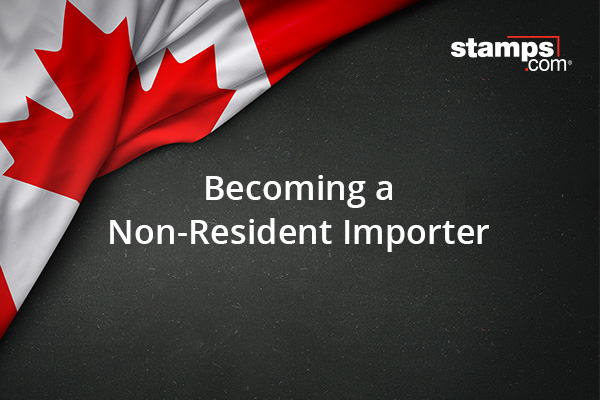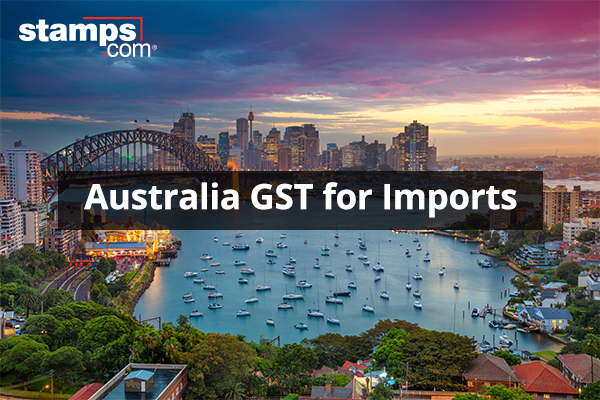USPS Changes Customs Form Acceptance
Unless you’re dropping a shipment off at the Post Office retail counter, customs declaration forms (AKA customs forms) for packages being sent internationally through USPS must now be completed and submitted online. In other words, no more filling out these forms by hand without making a trip to the Post Office. According to a recent […]
Becoming a Non-Resident Importer to Canada
Canada, our familiar neighbors to the north. When looking to grow globally, Canada is easily the first place to look for e-commerce merchants in the U.S. It’s only natural. We’re close to our Canadian neighbors in proximity, language and culture. Yet, exporting goods to Canada isn’t as easy as it may look. U.S.-based retailers face a number […]
Australia Changes GST Laws for Imports Under A$1,000
International e-commerce sellers that ship products to Australia should be aware of a new tax starting July 1, 2018. The Australia Goods and Services Tax (GST) is a 10% fee that the Australian government adds to all goods and services being imported into Australia. The GST is meant to help protect Australian businesses from cheaper […]


